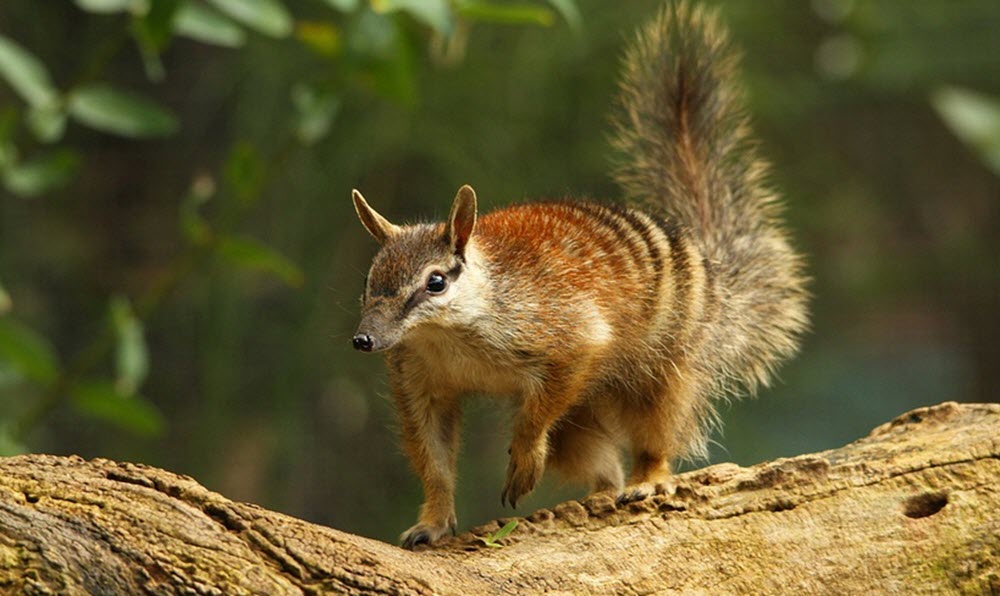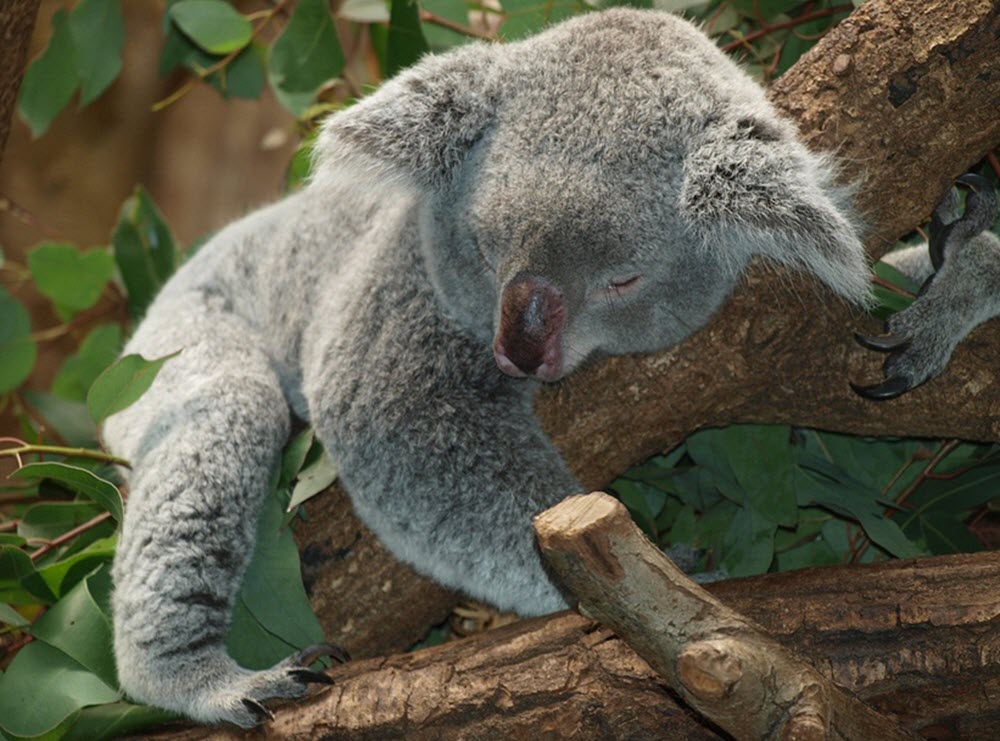In this travel guide
The Commonwealth of Australia is one of the largest countries in the world, and consists of the Australian content, the nearby island Tasmania, and several other smaller islands. Australia is located within the region Oceania and is the largest country of that region.

A majority of the 25 million Australians live along the eastern and south-eastern coasts. The inland areas of mainland Australia are arid to semi-arid and relatively few people live there. This continent has everything from tropical rainforest to deserts, and mountain ranges are present in the south-east.
Australia is a federal parliamentary constitutional monarchy comprised of six states and ten territories. The monarch is Elizabeth II, Queen of the UK and the other Commonwealth realms.
The largest religion in Australia is Christianity, with slightly more than half the population identifying as Christians in 2016. Roughly 30% reported No Religion. Examples of notable minority religions were Islam (2.6%) and Buddhism (2.4%). Hinduism, Sikhism, and Judaism were all under one percent.
A few examples of popular attractions
- The Great Barrier Reef, off the coast of Queensland. Cairns is a popular base for people wishing to explore the reef.
- Uluru-Kata Tjuta National Park, which includes the rock formations Uluru (Ayers Rock) and Kata Tjuta (The Olgas).
- The Daintree Rainforest National Park in Queensland. It’s a part of the Wet Tropics of Queensland.
- Kakadu National Park in the Northern Territory, famous for both its nature and for the rich aboriginal heritage and culture found here.
- Nitmiluk National Park and its world-renowned gorge system.
- Watarrka National Park with the Kings Canyon.
- Sidney, the most populous city in Australia. Roughly 5.2 million people live in the metropolitan area.
- Canberra, Australia’s capital city. Roughly 410,000 people live here.
- Examples of other notable cities in Australia are Melbourne, Brisbane, Perth, and Adelaide.
- The Blue Mountains in New South Wales. This mountainous region includes the famous Three Sisters.
- The Great Ocean Road, an astonishing coastal drive along the coast of Victoria.
- The Gold Coast south of Brisbane. Especially popular among surfers.

Peak seasons
Many attractions in Australia are open year-round, although some operate at reduce frequency during the off-peak season.
Australian school children have January off as their summer holiday, and many salaried Australian workers take their four weeks of annual leave during this part of the year as well. Because of this, January is peak-season for domestic tourism and travel, followed by Easter week.
In tropical parts of Australia, the winter-season is a peak-season for tourism, since the winter brings cooler temperatures and less rain. Please note that since Australia is in the southern hemisphere, the winter-season is opposite from the winter-season in places such as Europe and North America. July is thus a part of the Australian winter-season, while January isn’t, and so on.
A lot of high-school aged Australians are out celebrating the end of the school year for one intense week in late October or in November (depending on the area). This can mean crowding and excessive revelling in popular celebration spots, e.g. along the Gold Coast. Please note that the legal drinking age in Australia is 18, and a majority of the students who have just finished high school are of legal drinking age.

Short info about Australia
Below you’ll find a few basic facts about Australia that can come in handy when you plan your trip.
- Capital: Canberra
- Most populous city: Sydney
- Official language: English
- Area: 7,692,024 km2
- Population: 25,5 million (2019 estimate)
- Currency: Australian dollar (AUD)
- Driving side: LEFT
- Calling code: +61
- ISO 3166 code: AU
- Internet top domain: .au
Time zones
Daylight saving time is only observed in parts of the country. Where it is observed, it starts the first Sunday in October and ends on the first Sunday of April.
| State/Territory | Standard Time | Daylight Saving Time |
| Western Australia | UTC+8 | Not observed |
| South Australia | UTC+9.5 | UTC+10.5 |
| Northern Territory | UTC+9.5 | Not observed |
| Queensland | UTC+10 | Not observed |
| New South Wales Australian Capital Territory (ACT) Victoria Tasmania | UTC+10 | UTC+11 |